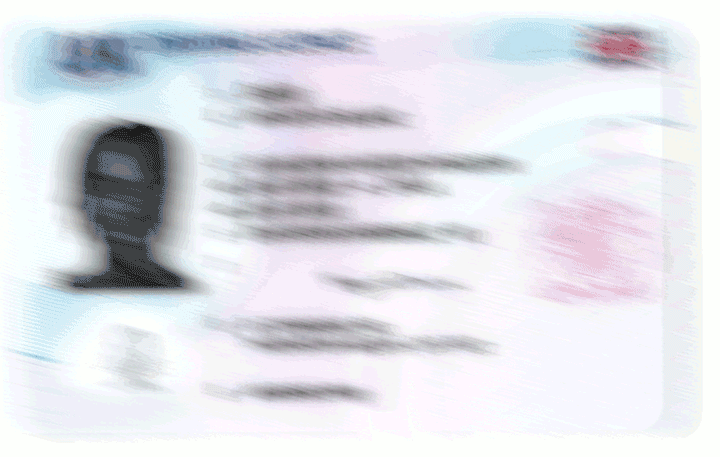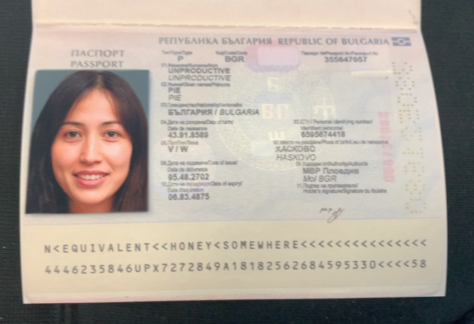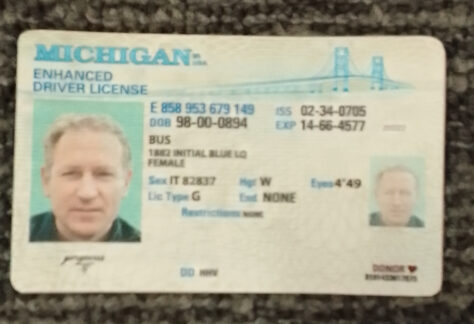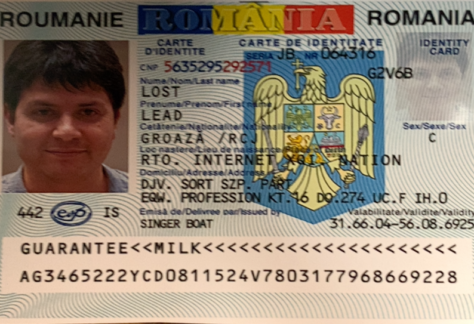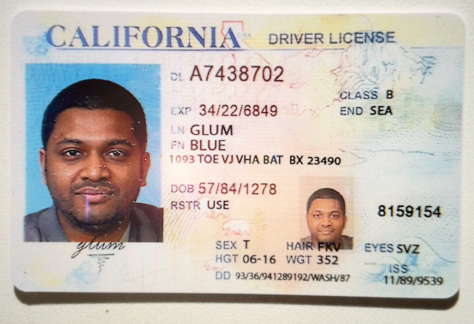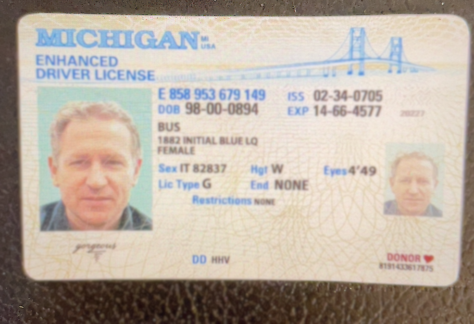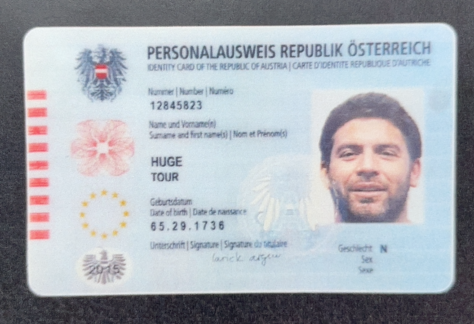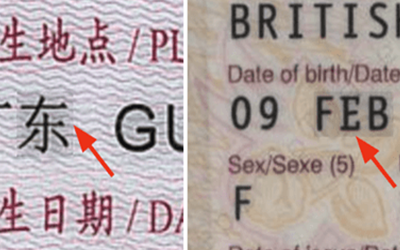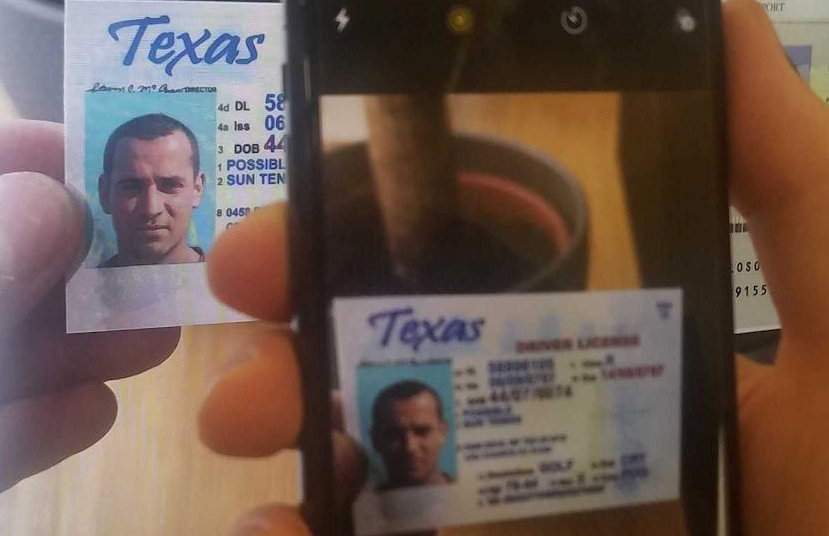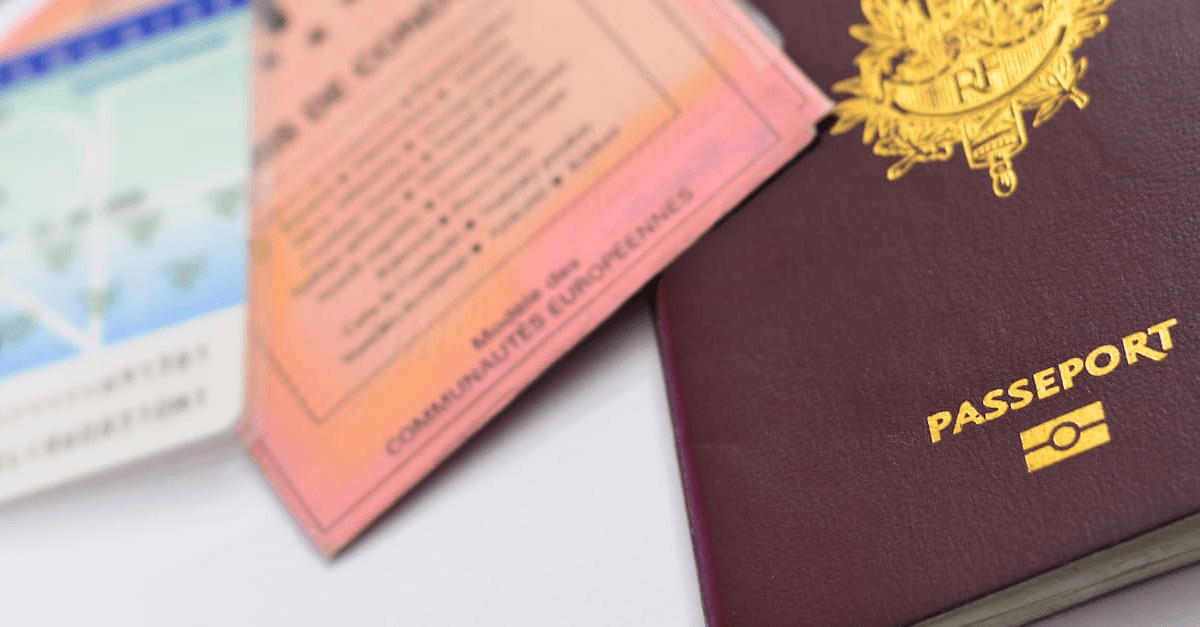Fraudsters excel at the image manipulation of fake documents. It happens all the time.
Images that are out of focus, overexposed, distorted, sized outside the frame—and the list goes on—can be the work of bad actors. Yet if organizations don’t prioritize image quality assessment, they weaken their defenses against image fraud and fake documents. Plus, fraudsters are creative. And tenacious. Once they recognize a vulnerability and find that proverbial open door, they will take full advantage of it over and over. Security, financial, and reputational risks multiply as quickly as fraudulent identities do.
Legitimate Customers are Paying the Price of Image Capture Issues
Organizations’ approach to image quality assessment also has a clear impact on legitimate users. Complexity is a liability here. Cumbersome anti-fraud image checks in digital onboarding can turn people away. According to a Signicat survey, more than half (68%) of consumers have abandoned a digital onboarding.
Even if onboarding processes are simple, they often don’t account for the errors that customers make in image capture. Good customers submit bad images. Whether it’s uploading a blurry image or failing to align a document correctly for image capture, legitimate users unwittingly do what fraudsters do intentionally. Yet, many organizations can’t respond appropriately because the identity verification systems they use in document liveness detection measure image quality on a 0-to-1 metric.
In image quality assessment systems like this, an image is either good or bad, above the threshold or below, in or out. This is an efficient process, but it doesn’t account for the nuance of user error. And human error is unavoidable. Plus, images are rejected without any guidance around why or opportunities for correction and resubmission.
What’s a risk in this circumstance? Legitimate customers are rejected and passed to higher-risk workflows. When this happens, it’s more likely that they will abandon the process altogether. This is a customer experience issue and a business problem. Ultimately, more onboarding friction can impact customer relationships and revenue growth.
The Value of a Systematic Approach to Image Quality Assessment
Image quality assessment can (and must) be better. When implemented well as part of a comprehensive approach to document liveness detection, it can screen out images that don’t meet standards. This approach to image quality assessment also provides clear and actionable feedback for recapture attempts. This process delivers more accurate judgments, streamlined user experiences, and more protection against identity fraud.
To reach this level, organizations need solutions built on a systematic approach to image quality assessment that are:
- Robust: Reviews a full range of image conditions for a comprehensive assessment
- Objective: Measures image conditions that are known to affect product accuracy against clear criteria and standards
- Reasonable: Offers judgment and feedback that is logical and easy for users to understand and action
Imagine a document image from a user is slightly out of focus or overexposed. Instead of outright rejecting the document, the image quality assessment returns a “non-fatal” warning. The warning gives the organization insight into the reasons behind the warning. From there, the organization can either choose to approve the transaction or request further information from the user.
Solutions with this nuanced approach to image quality assessment like our ID Live® Doc satisfy the interests of multiple stakeholders, including program managers, fraud managers, and customer experience managers. Developers benefit too. By tracking their most common image quality assessment issues, developers can revisit and fine-tune their capture guidance systems to improve rates for first-attempt approvals. Finally, end users benefit when they know what went wrong and have the chance to recapture and submit again. With this, onboarding isn’t a black box or source of frustration.
Always Optimizing for Document Liveness Detection
At ID R&D, our solutions are optimized for document liveness detection. Image quality assessment is built in by design, not as an afterthought. Our comprehensive approach reflects the dual challenges of image quality assessment. We know the lengths that fraudsters will go to, and we understand the expectation that legitimate customers have. And our solutions solve for both.

